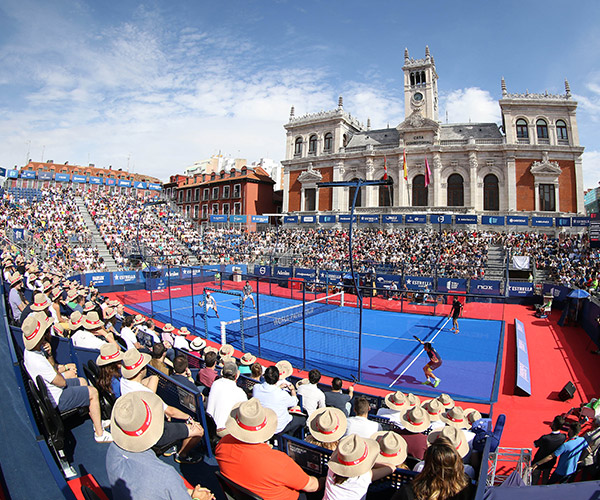

The Rise of Squash and Padel A Look into the Future of Racquet Sports Manufacturing
In recent years, the world of racquet sports has witnessed an exciting evolution with the growing popularity of squash and padel. Both sports, though distinct in their gameplay and rules, share a common thread they are fast-paced, engaging, and accessible to players of all skill levels. As a result, the demand for high-quality equipment has surged, leading to an increase in squash and padel factory innovations. This article examines the current landscape of squash and padel manufacturing, the technological advancements shaping the industry, and what the future holds.
The Sports Overview
Squash, a game that originated in the early 19th century, is played in a four-walled court where players take turns hitting a small rubber ball against the front wall. The sport requires agility, speed, and strategic thinking, making it both challenging and rewarding. Padel, on the other hand, emerged in the 1960s and combines elements of tennis and squash, played on a smaller court enclosed with glass walls. The popularity of padel has skyrocketed in recent years, especially in Europe and Latin America, thanks to its social nature and ease of play.
Growing Demand for Equipment
Both sports require specific equipment, mainly racquets and balls, which has led to an uptick in production needs. Squash racquets are typically made from lightweight materials such as carbon fiber and graphite, which allow for increased swing speed and control. Padel racquets, while similar, are constructed differently, often including foam cores to enhance power and manage impact with the ball.
As more people take up these sports, the demand for durable, high-performance equipment is becoming a top priority for manufacturers. Players are no longer content with generic equipment; they seek personalized gear that suits their playing style. This shift has driven factories to innovate and offer a wider range of choices in terms of materials, design, and technology.
Technological Advancements in Manufacturing

The rise of advanced manufacturing techniques has revolutionized how squash and padel equipment is produced. 3D printing, for example, allows manufacturers to create custom racquet shapes and sizes tailored to individual players’ preferences. This technology not only speeds up the production process but also reduces waste, contributing to more sustainable manufacturing practices.
Additionally, the integration of smart technology into racquet design is making waves in the industry. Some racquets now come equipped with sensors that can track a player’s performance, analyzing swing speed, impact angle, and overall play style. This data can be invaluable for both amateur and professional players looking to improve their game. As these technologies become more commonplace, consumers will likely see even more specialized products emerging from squash and padel factories.
Sustainability in Manufacturing
Another critical trend in the racquet sports industry is the focus on sustainability. As awareness of environmental issues grows, manufacturers are increasingly adopting eco-friendly practices. This includes utilizing sustainable materials, reducing carbon footprints during production, and implementing recycling programs for old equipment. Factories are also exploring biodegradable materials for both racquets and balls, aiming to minimize waste in the long run.
Brands that prioritize sustainability not only contribute positively to the environment but also resonate with consumers who are becoming more conscious of their purchasing decisions. This emphasis on eco-friendliness could redefine the competitive landscape in the squash and padel markets, as players look for brands that align with their values.
The Future of Squash and Padel Factories
As the popularity of squash and padel continues to grow globally, the future of manufacturing in this space looks bright. We can expect to see more specialized factories pop up, focusing on high-tech production methods and customization options. Additionally, collaborations between brands and technology companies will likely yield innovative products that enhance player experience and performance.
In conclusion, the surge in interest in squash and padel sports has opened new opportunities for manufacturing innovations, sustainability practices, and technological advancements. As factories adapt to meet the demands of a growing player base, the future of squash and padel equipment will undoubtedly be characterized by improved quality, personalized experiences, and a strong commitment to the environment. This evolution not only benefits the sports but also enriches the qualifications of manufacturers who embrace these changes, ensuring their place in a competitive and ever-evolving market.
High-Performance Industrial Flooring Solutions China Paddle Tennis Court for Sale
High-Performance Industrial Flooring Solutions Durable & Cost-Effective
Homogeneous Transparent Floor – Durable & Stylish Rubber Floor Solutions
Premium Homogeneous Transparent Floor for Durable & Stylish Spaces Rubber Floor Solutions
Premium Sports Floor Solutions Durable PVC Sports Floor & Rubber Floor for Gyms
Durable Rubber Composite Floor Premium Rubber Floor & Mats Solutions